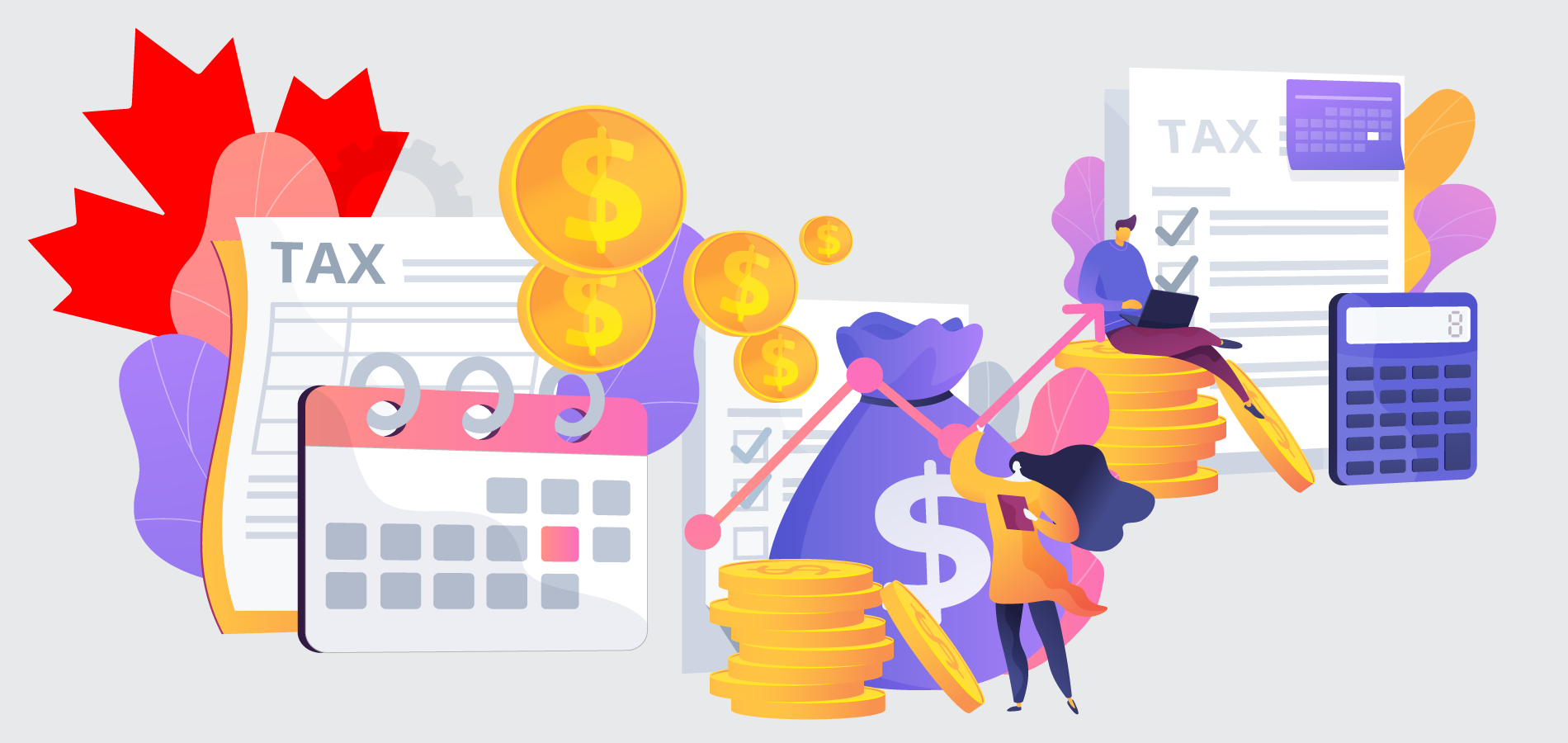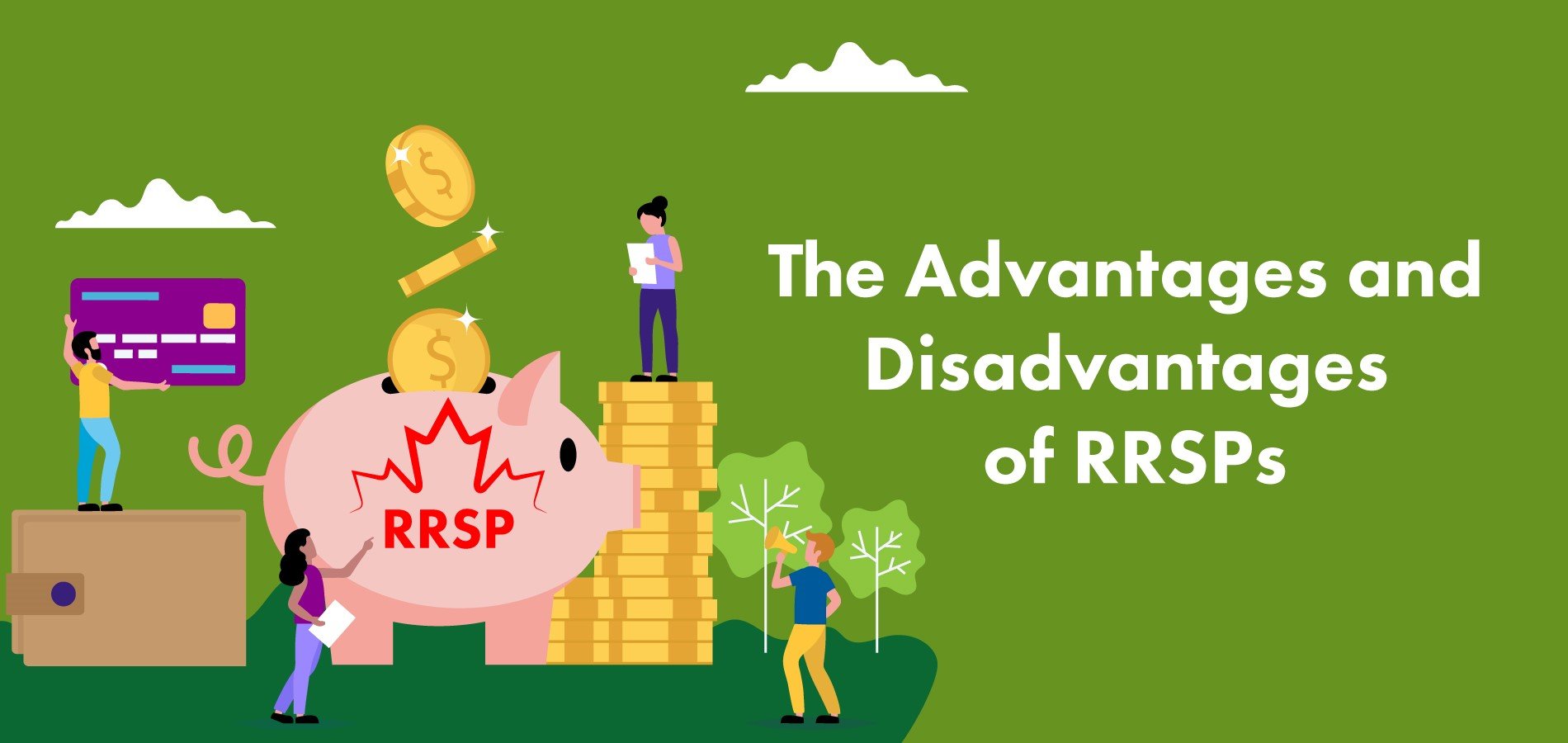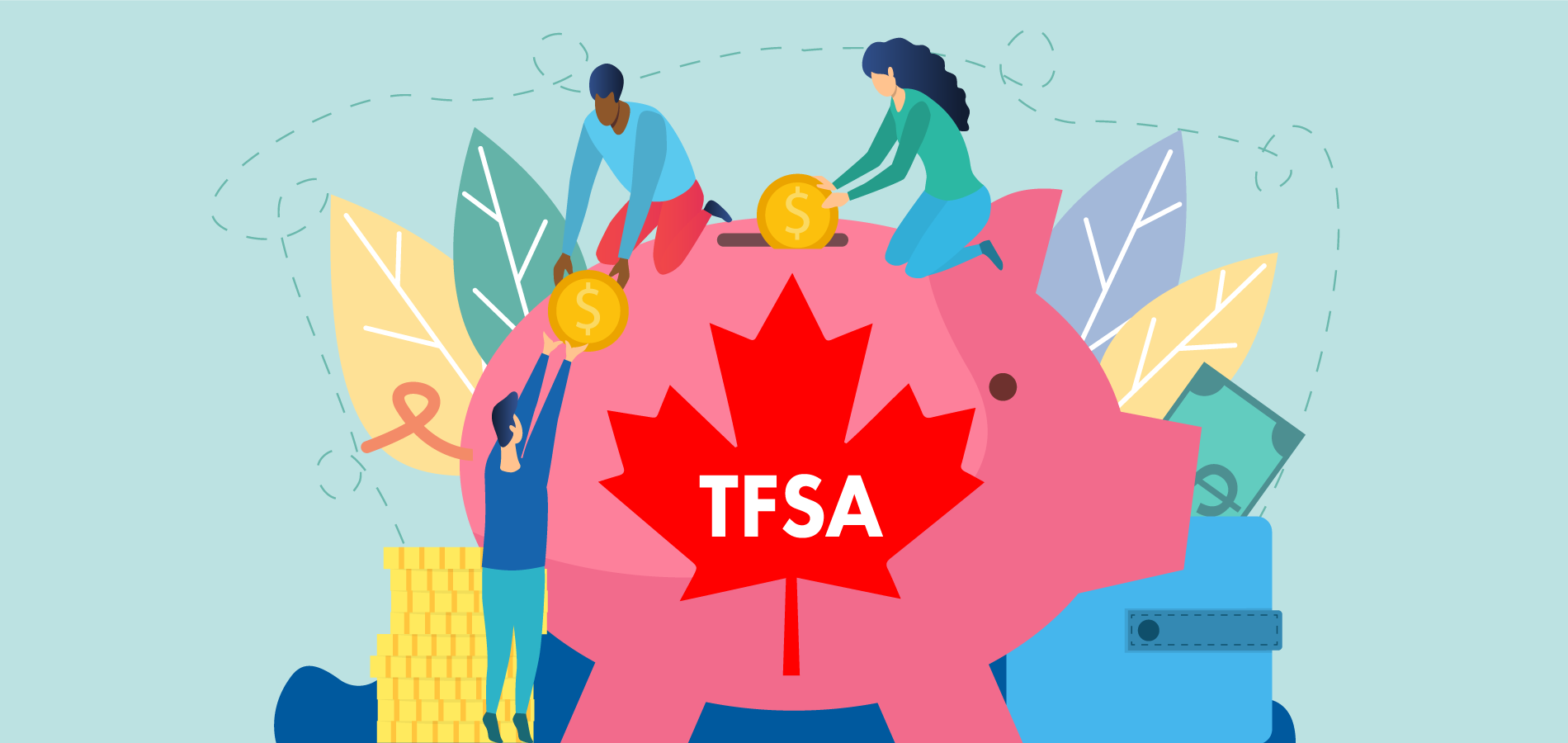Employees at Canadian organizations have access to a variety of benefits. Some of these are mandated government programs – so every employee receives them. Others are provided by the employer and can range from prescription drug coverage to fitness memberships to financial counselling.
If you are applying for a job, be sure to ask what employee benefits programs are included. These can be an important part of your total compensation package. It’s not just about the salary.
Mandatory benefits for employees in Canada
First, let’s look at the government programs for which every Canadian worker is eligible. Canadian employee benefits include:
- Canada Pension Plan (CPP): Every employee and employer must contribute to this plan through payroll deductions. The current rate for each party is 4.95 percent. When you retire, you receive a monthly cheque based on how much you and your employer have contributed over your entire working career. The maximum monthly benefit is currently $1,253 although most people receive much less because they have not contributed the maximum amounts to CPP.
- Employment Insurance (EI): This is another program where both employee and employer must contribute. For both parties, the rate is 1.58 percent. The benefit you receive if you lose your job depends on how much you were earning. The maximum currently is $638 per week.
- Maternity and paternity leave: If you are having a baby, or adopting a child, this benefit is for you. A benefit of 15 weeks is available to the person who is away from work due to pregnancy or recently having given birth. In addition, both parents can share up to 40 weeks of benefits. This program is administered under EI so the maximum benefit is the same - $638 per week.
- Vacation pay: Vacation entitlement depends on the rules in your province. For example, in Ontario you are entitled to two weeks of vacation after a year with an employer. After five years with a company, you are allowed three weeks.
So, those are the basic Canadian employee benefits. Fortunately, many employees receive additional ones provided by their employer.
How do benefits work in Canada?
Here’s the good news for workers across Canada. The growing staff shortage is leading employers to offer more employee benefit programs as a way of recruiting new employees and retaining existing ones.
It’s not just big companies employing white collar workers that are sweetening the pot. Even service firms selling lattes and muffins are taking part. For example, Starbucks offers these benefits to its staff:
- Prescription drugs, dental and vision care
- Employee assistance program
- Retirement savings plan
- Vacation, sick and personal days
- Adoption leave
- Tuition reimbursement
What are the most popular employee benefits?
The staffing firm Robert Half conducted a survey of 500 employees across Canada and found that they wanted the following benefits:
- Extended health: About 66 percent of respondents regard this as an “essential benefit”. This includes drug prescription coverage and services such as counselling, massage and physiotherapy.
- Retirement savings plan: More than 52 percent of those surveyed see this as important. Many company retirement plans ask employees to contribute and then provide a matching amount. With the maximum possible CPP benefit being $1,253 per month, it is not surprising that employees want a retirement plan. They will need much more than CPP to enjoy their senior years without having financial worries.
- Dental coverage: Many extended health plans also include reimbursement for some dental costs. Surprisingly, only 42 percent of respondents thought dental was essential.
In addition, some employers offer health spending accounts. These allow employees the flexibility to choose how they allocate their benefit dollars, as long as they spend them on eligible expenses recognized by the Canada Revenue Agency.
What are the latest trends in employee benefits?
While the employee benefit programs mentioned above continue to be very popular, some companies are offering additional incentives to attract and retain workers. According to the HR Reporter, Canada’s magazine for professionals in the HR sector, here are some of them:
- Wellness: Some companies are subsidizing gym memberships, fitness classes and other wellness activities. They recognize that people who are healthy and have an opportunity to reduce stress through exercise will call in sick less often.
- Commuting costs and remote work: One of the biggest frustrations for Canadian workers is the time wasted in commuting and the cost of driving or taking public transit. Some companies are defraying the cost of transit passes or supporting cycling by offering safe places to park bikes and showers to freshen up before work. During the pandemic, many companies embraced remote work, which allowed employees to eliminate long commutes. With pandemic restrictions easing, a lot of employees still want to work remotely, at least a few days a week.
- More time off: Employees are struggling with child care and often are caring for elderly parents at the same time. They want more time for vacation and personal days. They also are seeking “mental health days” to take a break and reduce stress.
How much do employers pay for benefits in Canada
This is an important question to ask when joining a new company. Some employers cover 100 percent of the cost. Others ask employees to pay a share.
If you are an employer, it’s important to set your employee benefits program budget. Most insurance providers, such as Blue Cross and Sun Life, have three or more levels of benefits. The more you are willing to pay, the greater the benefits.
Similarly, prospective employees should dig into the details so that they know how much coverage they are getting. It’s not enough to simply ask whether there are drug and dental benefits.
For example, let’s look at Sun Life. Their basic plan reimburses you for 60 percent of drug costs to a maximum of $750 per year. On the other hand, their top-level plan pays for 80 percent of prescriptions for the first $5,000. After that, it delivers 100 percent coverage for the next $245,000 (the maximum per year). This is known as “catastrophic” drug coverage – protecting you in the event that you get a serious illness that requires very expensive drug treatments.
It's the same with dental, vision care and services like physiotherapy. The more you pay for your plan the greater your coverage. So read the fine print.
In summary: Do your research into benefits
Whether you are an employer or a worker looking for a new job, it’s important to learn about Canadian employee benefits.
For employees, ask detailed questions about how much coverage you have for prescription drugs, dental and other services. Find out what percentage you have to pay and what the annual limits are.
Employers should determine what they want to spend on benefits and then decide how to use those funds most effectively.





